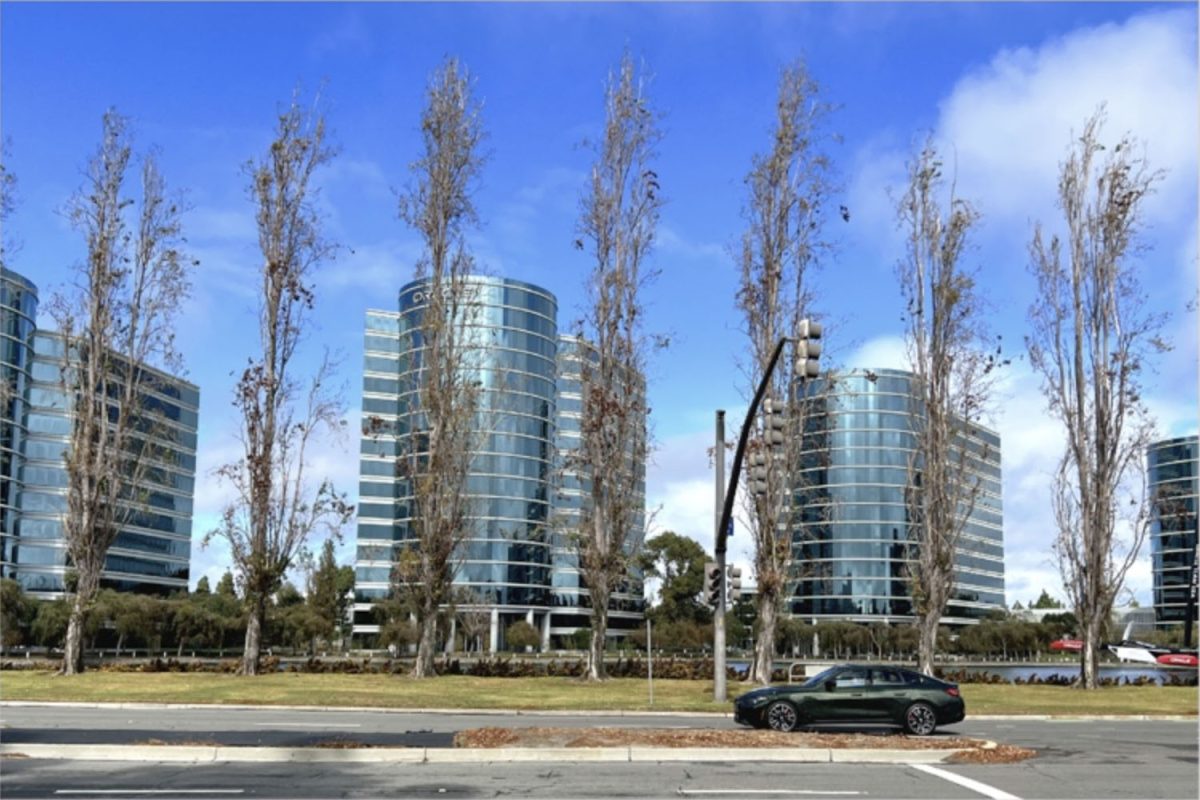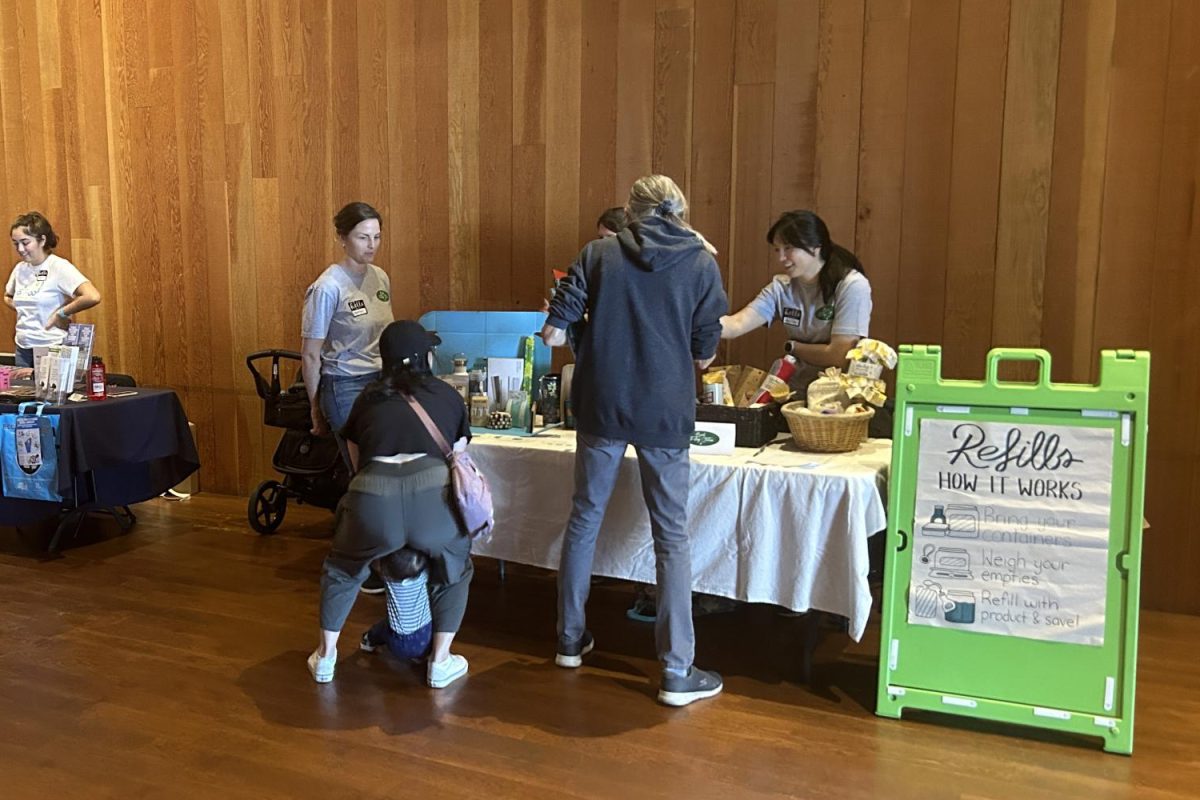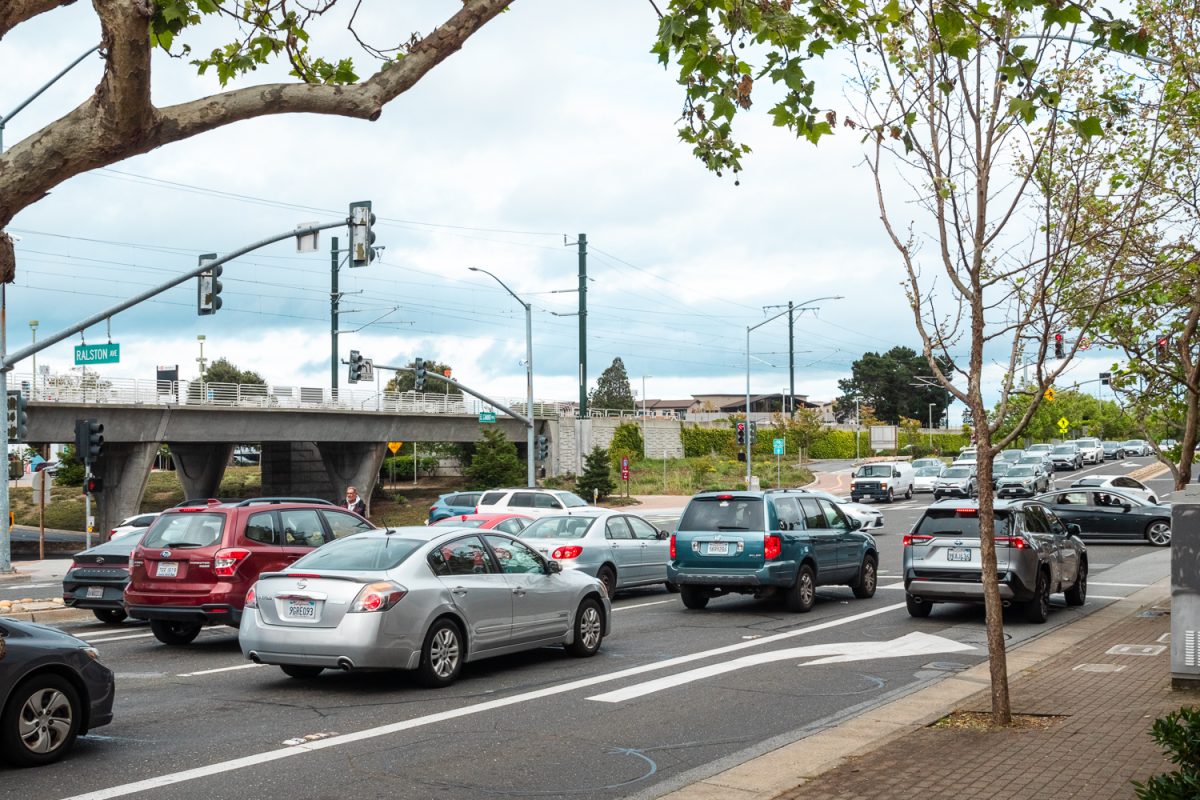Empty office buildings sit alone as office workers choose to remain home post-pandemic.
In the San Francisco Bay Area, tech companies and office work reign supreme. Yet, after lockdown forced employees to work remotely, many are choosing to stay home even to this day.
The convenience of not commuting and the familiar setup from lockdown has enticed many office workers to stay home. This is especially true in the Bay Area, where, according to the U.S. Census, around 35% of its workforce primarily worked from home in 2021, the highest number in the nation.
In addition, recent tech layoffs have further limited the number of people going into the offices. All of this together has resulted in a vacancy rate of 23.8% in the San Francisco Bay Area office market in Quarter 3 of 2023 according to CBRE.
However, many corporations seem to prefer having people come in person to work. “It’s easier to learn, model, practice, and strengthen our culture when we’re in the office together most of the time and surrounded by our colleagues,” said Amazon CEO Andy Jassy in a February memo. Many major companies, including Apple, Amazon, Google, and Meta, have, in 2023, mandated employees to work in person at least three days a week.
When working in the office, workers can more easily collaborate and communicate fluidly without having to schedule a meeting or call to talk.
“The most beneficial meetings are serendipitous ones,” said Morgan Smith*, a Bay Area resident who has been working in tech since 2009.
By removing barriers to converting office to housing, we can take vacant space, turn them into homes, and bring more people into Downtown.
— Mayor London Breed
Despite this, there is still a large amount of real estate in city centers remaining vacant and underutilized. On Oct. 17, San Francisco Mayor London Breed proposed a ballot measure that would waive the transfer tax, which can be up to 6%, on buildings that have converted from non-residential to residential use.
The goal of this measure is to incentivize the conversion of underused office buildings into housing.
“We are working to do everything we can to support a more diverse and dynamic future for Downtown San Francisco,” Breed said last week in a San Francisco government news publication. “By removing barriers to converting office to housing, we can take vacant space, turn them into homes, and bring more people into Downtown.”
It remains to be seen what the long-term effects of these presently empty parts of our community will be.
“I think over the next couple of years we will see more people come back to the office as companies and people see the benefits of coming back to the office,” Smith* said.
*This name was changed by the author to ensure anonymity for the source that was interviewed, in accordance with Carlmont Media’s anonymous sourcing policy.












